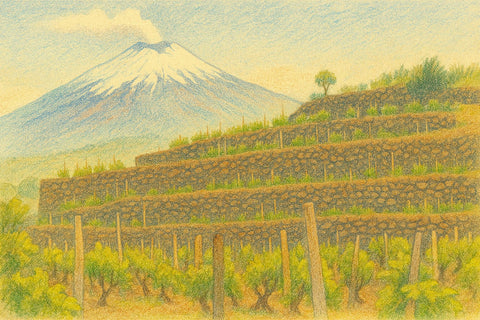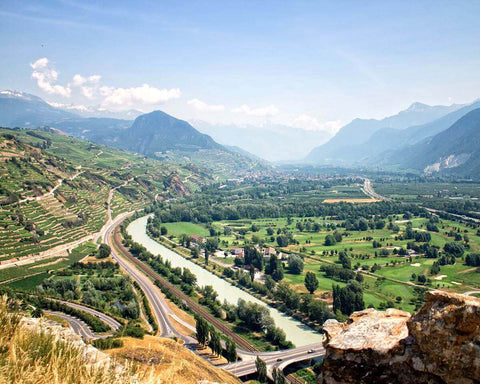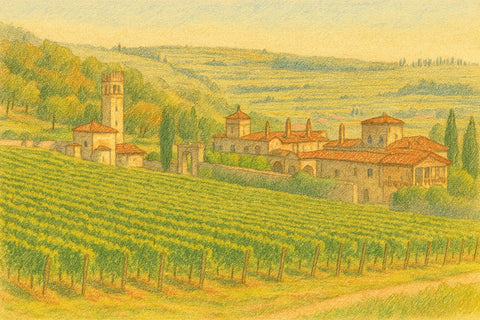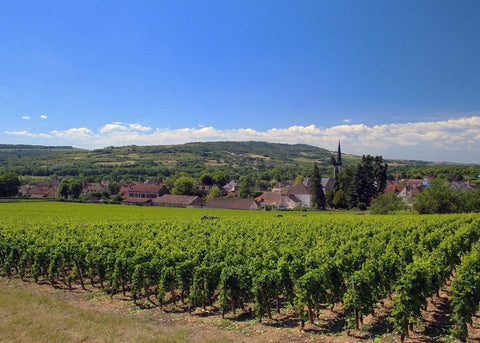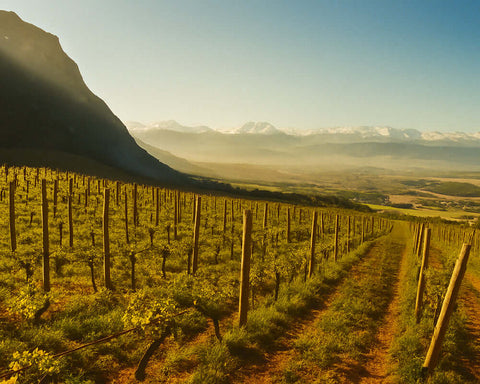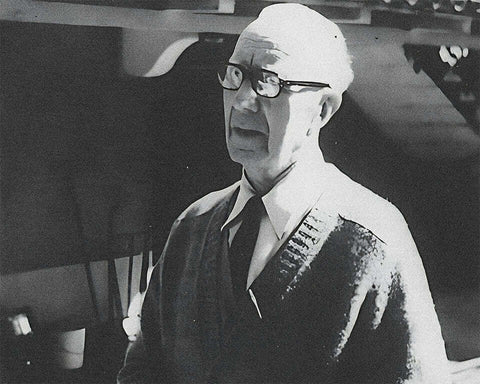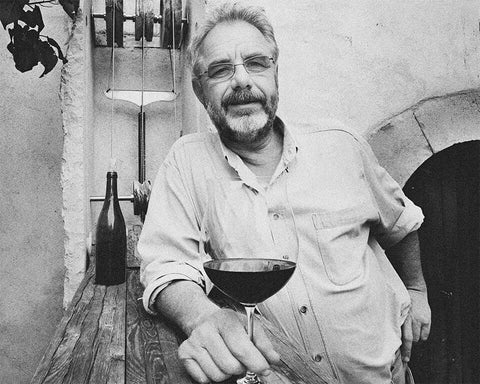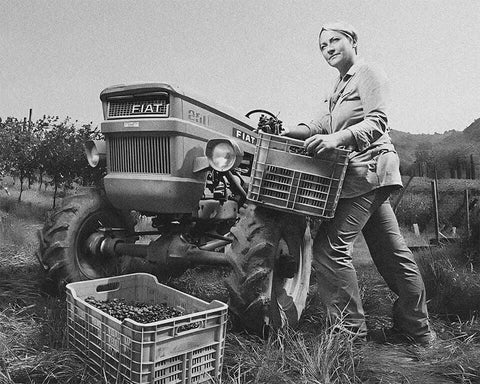Etna is energy in a glass: Nerello Mascalese and Carricante channel lava flows, altitude, and contrade into wines of mineral drive, citrus, and spice. Decode slopes, soils, and styles in our guide, then choose bottles that fit your table—Etna Rosso for savory dishes, Etna Bianco for seafood, and Contrada selections for ageworthy nuance and volcanic clarity. Any season, any occasion.
Overview
Etna is a DOC in eastern Sicily encircling Europe’s highest active volcano. The zone’s mosaic of elevations (≈400–1,000+ m a.s.l.), exposures, and lava-flow ages creates one of Italy’s most intricate terroir matrices. Wines—principally Etna Rosso from Nerello Mascalese and Etna Bianco from Carricante—are defined by high acidity, mineral tension, and transparent site expression. Subtleties among slopes and contrade (historic vineyard districts) are central to style.
Terroir: Geography, Geology, Climate
Geography
Vineyards ring Mount Etna across four main aspects—north, northeast, east, and south/southeast—often on stone-walled terraces. Altitude confers large diurnal shifts and extended hang time, unusual for Mediterranean latitudes.
Geology
Soils are volcanic in origin (basaltic sands, ash, lapilli, pumice) with extreme heterogeneity. Adjacent parcels may sit on different lava flows with distinct ages and fracture patterns, altering drainage, rooting depth, and nutrient availability. Older, decomposed flows (often on the north) tend to give finer tannins; younger, rockier flows can yield firmer frames and darker fruit.
Climate
High-elevation Mediterranean: sunny growing seasons, cool nights, and significant rainfall gradients (the east is wetter due to maritime inflow). Winds ventilate canopies and limit disease pressure; autumns can be long, enabling slow phenolic ripening and aromatic precision.
History & Classification
Viticulture on Etna dates to antiquity, with a continuous tradition of stone palmenti (gravity-fed wineries). The denomination Etna DOC was established in 1968, making it one of Sicily’s earliest DOCs. Key categories include Etna Bianco (Carricante-based), Etna Bianco Superiore (restricted to Milo), Etna Rosso (Nerello Mascalese–led), Rosato, and Spumante. Since the 2010s, many contrade may appear on labels, sharpening the lens on micro-terroir.
Grapes & Viticulture
Red Varieties
Nerello Mascalese (dominant) provides pale color, high acidity, and lattice-like tannins; aromas run from red cherry and pomegranate to blood orange, tobacco, and iron. Nerello Cappuccio contributes color, spice, and mid-palate roundness in minority percentages.
White Varieties
Carricante is linear, saline, and ageworthy, with citrus, anise, and fennel; structure is acid-driven with a phenolic snap. Support grapes can include Catarratto, Minnella, and others within DOC limits.
Viticulture
High-density, bush-trained alberello vines dominate; many parcels are ungrafted and pre-phylloxera due to sandy, volcanic soils. Terraces (muretti a secco) prevent erosion and improve heat regulation. Precision canopy work manages sun and wind; harvests are typically late September to November, depending on altitude and aspect.
Slopes, Contrade & Style Tendencies
While producer intent and vintage are decisive, consistent sensory threads emerge by slope and by historic contrada clusters:
- North (Randazzo–Passopisciaro–Castiglione di Sicilia) — Higher elevations on older, decomposed flows. Rosso shows red fruits, floral lift, iron, and fine, long-chained tannins; structured yet vertical. Whites (rare) are mineral and taut.
- Northeast (Linguaglossa) — Cooler, breezy exposures; reds are perfumed and nervy with citrusy top notes and chalky grip; whites are saline with citrus–herbal drive.
- East (Zafferana Etnea–Trecastagni) — More maritime influence and rainfall; wines can be aromatic, with softer fruit contours and early approachability; Carricante gains texture with lees work.
- South & Southeast (Milo–Nicolosi–Belpasso) — Warmer, sunlit slopes; Etna Bianco Superiore (Milo) is a reference for racy, saline Carricante with notable aging capacity; reds are fuller, with darker fruit and broader tannins at lower altitudes.
Contrade (e.g., Rampante, Guardiola, Feudo di Mezzo, Santo Spirito, Arcurìa, Calderara Sottana, Barbabecchi, Sciaranuova, Pietramarina, Rinazzo) overlay this map with site-scale distinctions: flow age, stone content, porosity, and elevation subtly shift tannin grain, acid line, and aromatic profile.
Winemaking Approaches
- Fermentation: Predominantly stainless steel or concrete for Rosso; whole clusters are variably employed to amplify spice and structure. For Bianco, cool ferments preserve citrus–anise signatures.
- Élevage: Large neutral casks (botti), concrete, or older barriques emphasize transparency; new oak is used sparingly. Lees aging is common for Carricante to build mid-palate and longevity.
- Style Intent: Extraction is generally moderate to keep Nerello’s tannins filigreed rather than blocky. Site-specific bottlings (single contrada and parcel selections) are increasingly common.
Food Pairing
- Etna Rosso: pairs with roasted poultry, pork with fennel, tuna steak, caponata, wild mushrooms, and grilled lamb; acidity and fine tannin handle olive oil and tomatoes.
- Etna Bianco / Bianco Superiore: ideal with crudo, shellfish, swordfish, citrus-dressed salads, young pecorino, and herbed vegetable dishes; saline finish elevates seafood.
- Spumante (Carricante-led): oysters, fritto misto, and creamy cheeses; autolysis adds breadth to the variety’s linear frame.
Climate & Future Outlook
Recent warming has improved ripeness regularity at high elevations but increases hydric stress and erosion risk on young, stony flows. Adaptive responses include upslope replanting, terrace restoration, organic/low-input viticulture, and refined canopy/water management. The appellation’s resilience rests on its granular terroir mapping and disciplined, site-first winemaking.
Notable Etna Producers
- Benanti (Milo; benchmark for Etna Bianco Superiore)
- Passopisciaro / Vini Franchetti (Passopisciaro; contrada bottlings)
- Graci (Passopisciaro; Arcurìa, Feudo di Mezzo)
- Tenuta delle Terre Nere (Calderara Sottana, Guardiola, Santo Spirito)
- Pietradolce (Barbabecchi; high-elevation pre-phylloxera)
- Frank Cornelissen (Munjebel, Magma; minimal intervention)
- Tasca d’Almerita – Tascante (Contrade Sciaranuova & Pianodario)
- Alta Mora (Cusumano) (various contrade, north slope)
- Planeta Etna (Feudo di Mezzo, Sciaranuova)
- Cottanera (Feudo di Mezzo area; rosso & bianco)
- Tornatore (northern slope; value and cru selections)
- Girolamo Russo (Feudo; San Lorenzo, Feudo di Mezzo)
- Barone di Villagrande (Milo; historic white specialist)
- Murgo (Zafferana; noted for traditional-method spumante)
- Palmento Costanzo (Nerello-focused, terraced amphitheaters)
- Cantine Nicosia (Trecastagni; broad DOC range)

